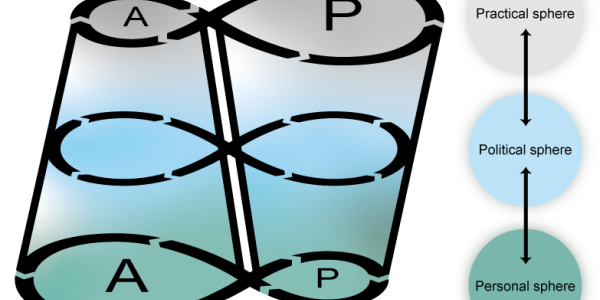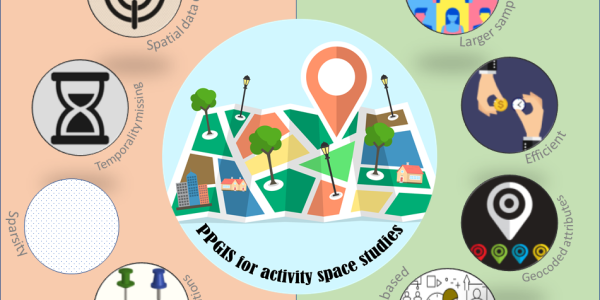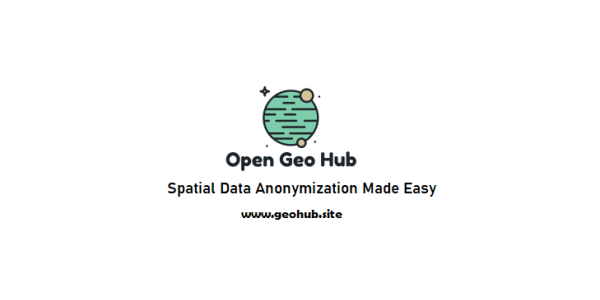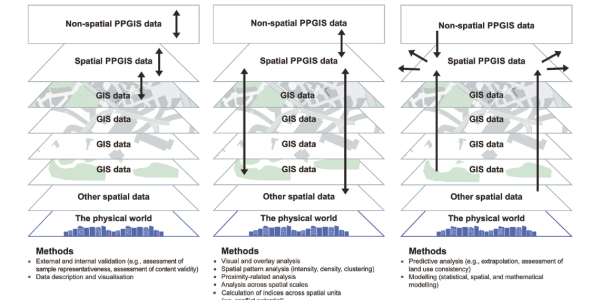How to combine participatory mapping and other sensing systems in support of urban sustainability transformation
Members of the Participatory Mapping Institute have just published a journal article on “Harnessing sensing systems towards urban sustainability transformation”. This paper presents a novel set of conceptual frameworks to show how participatory mapping, classed as an active sensing system, could be combined with passive sensing systems like big data collated from social media to secure an inclusive, sustainable and resilient urban transformation. The paper derives principles for sustainability planning, including an iterative dialogue along a sensing loop, new modes of governance enabling direct feeding of sensed information, an account for data biases in the sensing processes and a commitment to high ethical standards, including open access data sharing.
For the full text see: Grêt-Regamey, A., Switalski, M., Fagerholm, N. et al. Harnessing sensing systems towards urban sustainability transformation. npj Urban Sustain 1, 40 (2021). doi.org/10.1038/s42949-021-00042-w
active sensing, big data, participatory mapping, passive sensing, social media



